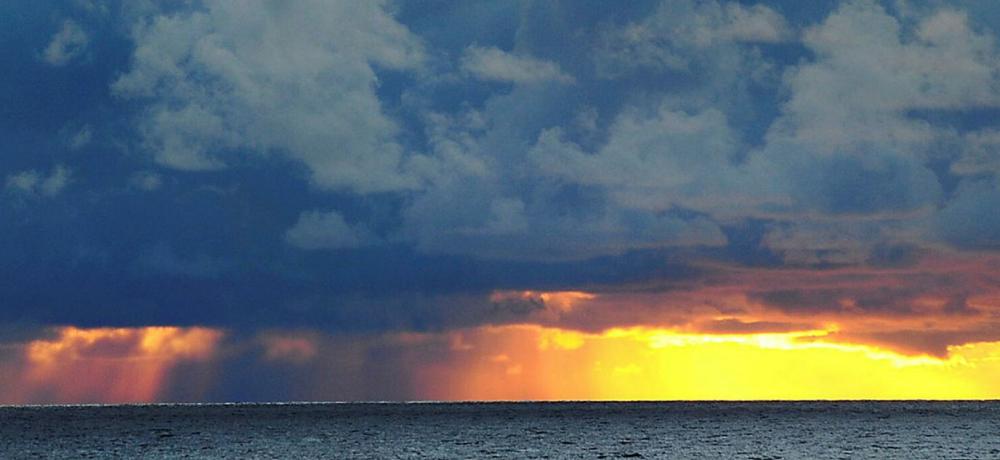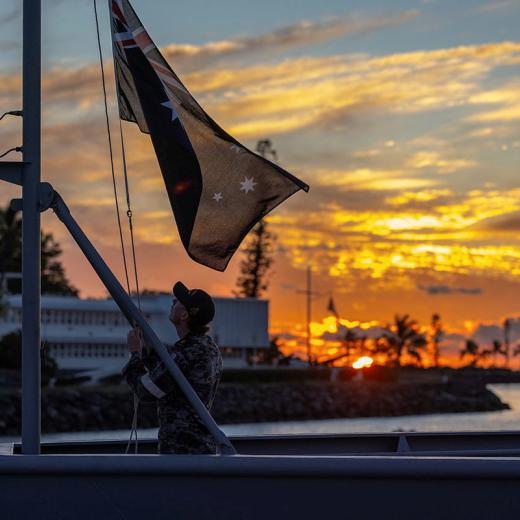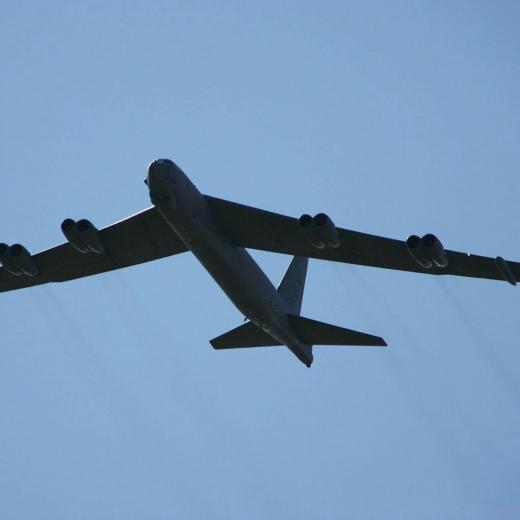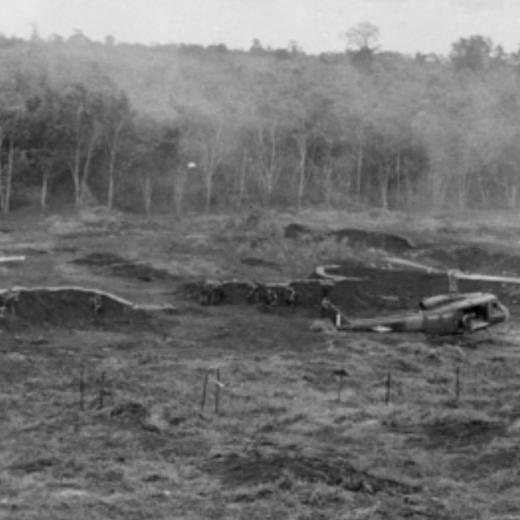BLUF
An overview of World War II battles where Australian forces made significant contributions, emphasizing their roles and achievements.Summary
Battle of the Coral Sea (4–8 May 1942)
Overview: A landmark naval battle that stopped the Japanese advance towards Australia, marking the first time enemy ships fought without seeing each other, relying entirely on aircraft.
Key Points:
- Prevented the Japanese from capturing Port Moresby by sea.
- Featured combined US and Australian naval and air forces.
- First carrier-vs-carrier battle.
- Strategic victory that weakened Japanese naval power.
- HMAS Australia was involved, highlighting Australian naval participation.
References:
- Battle of the Coral Sea | Facts, History, & Significance | Britannica
- Battle of the Coral Sea, 4-8 May 1942 | Australian War Memorial (awm.gov.au)
- The Battle of the Coral Sea - Anzac Portal (dva.gov.au)
Kokoda Track Campaign (July–November 1942)
Overview: A series of grueling battles along the Kokoda Track in Papua New Guinea, where Australian forces played a vital role in stopping the Japanese advance towards Australia.
Key Points:
- Demonstrated the endurance and bravery of Australian soldiers.
- Prevented Japan from gaining a strategic foothold in Papua New Guinea.
- Involved difficult jungle warfare.
- Critical for the defense of Australia.
- Strengthened Australia's military reputation.
References:
- Kokoda Track Campaign | Battles, Conditions, & ANZAC | Britannica
- Kokoda Trail Campaign | Australian War Memorial (awm.gov.au)
- Kokoda Track 1942 to 1943 - Anzac Portal (dva.gov.au)
Battle of Milne Bay (25 August – 7 September 1942)
Overview: The first battle in the Pacific where Allied forces, including Australians, defeated Japanese ground forces, occurring at Milne Bay in Papua New Guinea.
Key Points:
- Strategic Intelligence: Allied forces predicted and countered Japanese landings at Milne Bay with superior intelligence.
- Numerical Superiority: Australian-led Allies amassed a larger force against the Japanese, ensuring a decisive advantage.
- Comprehensive Defence: Australian infantry and U.S. support units formed a strong defence against the Japanese assault.
- First Decisive Defeat: Marked the first clear land defeat of Japanese forces in the Pacific War.
- Allied Victory: Effective preparation, superior force numbers, and coordinated defence led to victory at Milne Bay.
References:
Second Battle of El Alamein (23 October – 11 November 1942)
Overview: A decisive battle in the North African campaign that marked a turning point against the Axis forces, featuring significant Australian involvement.
Key Points:
- The 9th Australian Division played a key role.
- Marked the end of the Axis threat in North Africa.
- Demonstrated the effectiveness of combined arms.
- Led to the retreat of Axis forces.
- Paved the way for the Allied invasion of Italian-held territories.
References:
- Battles of El-Alamein | WWII Turning Point, British Victory | Britannica
- El Alamein | Australian War Memorial (awm.gov.au)
- El Alamein October-November 1942 - Anzac Portal (dva.gov.au)
Battle of Buna-Gona (16 November 1942 – 22 January 1943)
Allied forces overcame fortified Japanese defenses in Buna, Gona, and Sanananda, Papua, from November 1942 to January 1943, enduring some of the toughest fighting to secure a crucial victory.
Key Points:
- Featured intense jungle warfare.
- Australian and American forces worked closely.
- Critical for securing New Guinea.
- Resulted in high casualties.
- Demonstrated the importance of Allied cooperation.
References:
- Battle of Buna | Australian War Memorial (awm.gov.au)
- The Battle of the Beachheads: November 1942 - Anzac Portal (dva.gov.au)
Battle of the Bismarck Sea (2–4 March 1943)
Overview: The Battle of the Bismarck Sea was strategically important because it prevented Japan from reinforcing their forces in Lae, crucial for their control over New Guinea.
- Joint operation by US Navy, RAN, USAAF, and RAAF stopped Japanese reinforcements to Lae.
- Integration of air and naval power was key to operational success.
- Air superiority by RAAF and USAAF critical in sinking Japanese convoy.
- Advanced intelligence allowed for precise targeting of enemy vessels.
- Highlighted strategic value of air-naval coordination and intelligence in the Pacific.





